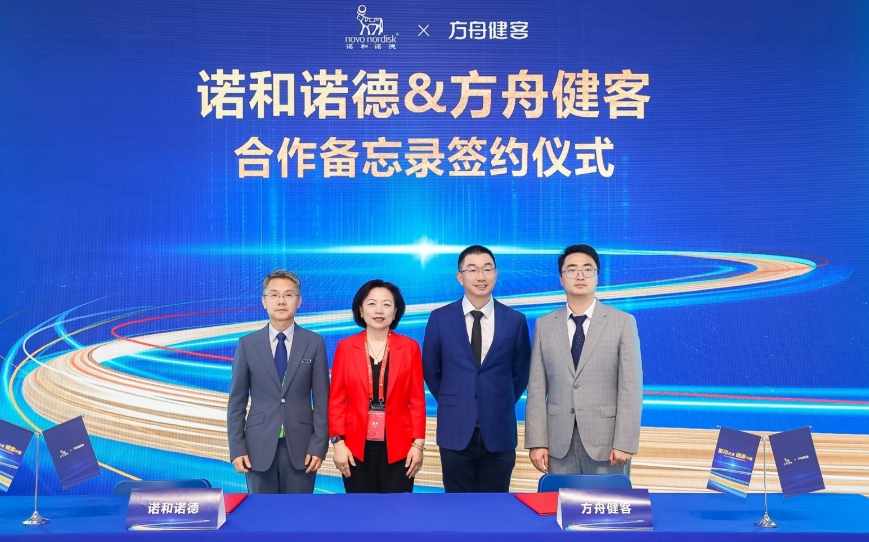
SUEZ – Water Technologies & Solutions has announced the launch of two new Total Organic Carbon (TOC) online analyzers, the M500 for life sciences and the M500e for microelectronics markets. Improving on the robust Sievers portfolio, these new models reduce analysis time by 50 percent and include digital upgrades such as WiFi capabilities, improved data transfer and management options, and enhanced security features to preserve data integrity.
“The Sievers portfolio of TOC analyzers - already the industry benchmark for accuracy, precision, and reliability - has gotten even better,” said Kevin Cassidy, executive vice president of engineered systems for SUEZ – Water Technologies & Solutions. “We are continuously working with our customers and listening to their needs as we innovate and bring new technology to the market. In this case, we were able to improve our analyzer offering in ways that will help them achieve faster results, meet stricter regulations and make processes more efficient. These new analyzers offer superior performance and features to help customers succeed.”
In the life sciences industry, where ultrapure water (UPW) is a critical part of assuring the safety of medications and devices, the Sievers M500 saves time during real-time release testing of pharmaceutical water, reduces costs of water analysis, and ensures compliance to pharmacopoeia standards.
For microelectronics manufacturers, the Sievers M500e offers stable, precise performance below 1 part per billion (ppb) TOC, as well as instrument-to-instrument matching for assurance of data. It also supports steam generation water systems in detecting the presence of sugars, corrosives, cleaning agents, and other contaminants that may affect optimal performance.
The new Sievers models can help customers improve performance by reducing analysis time by 50%, reducing rinse down time, and shortening protocol duration by over 50%. Other highlights include:




